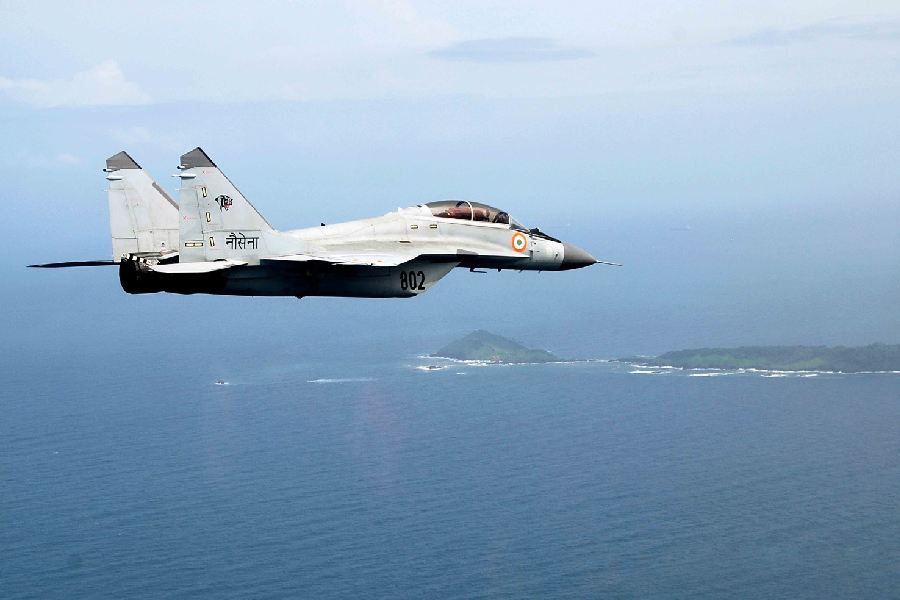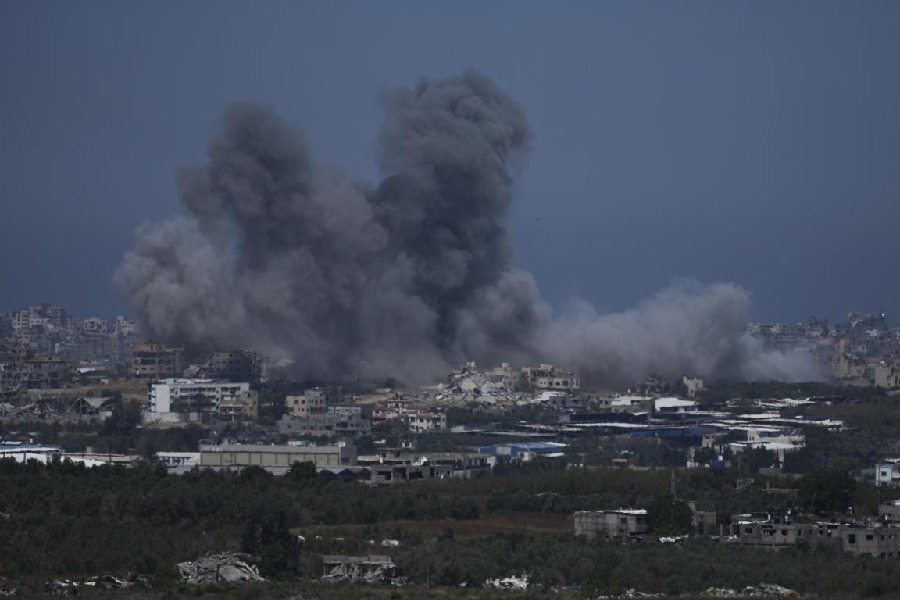The Chinese army continues to increase troop deployment along the Line of Actual Control in the Arunachal Pradesh-Sikkim sector and has been “coming increasingly deeper into India-claimed territory”, sources in the security establishment said on Monday.
There is fear that China wants to change the status quo in the region the way it has done in eastern Ladakh, where it has occupied close to 2,000sqkm of India-claimed territory since May 2020, a security official attached to the Union home ministry told The Telegraph.
Last week, Beijing released the 2023 edition of its “standard map” showing Arunachal and Aksai Chin, which it had occupied in the 1962 war, as Chinese territory.
“The Chinese army has been continuing to increase troop deployment along the LAC in the eastern sector over the past 8-10 months,” the security official said.
“Chinese soldiers have been coming increasingly deeper into India-claimed territory and showing brazen aggression. Our army is keeping a close eye on the movements of Chinese patrolling teams.”
An official of the Indo-Tibetan Border Police, which guards the LAC, confirmed a substantial increase in the deployment of Chinese troops along the frontier in the eastern sector over the past few months. “The latest move by the Chinese in staking claim to the whole of Arunachal is a matter of great concern. It clearly shows their intention,” the ITBP official said.
“It’s evident that they are planning to repeat the modus operandi witnessed in Ladakh. The Indian side too has made enough deployment in the eastern sector to scuttle their plans.”
Beijing’s “brazen aggression” was evident last December when more than 500 Chinese troops reportedly crossed the LAC in Arunachal and vandalised Indian military posts, leading to a clash at 17,000 feet in Yangtze, 35km northeast of Tawang.
Some 15 to 20 Indian soldiers suffered injuries in the clash, the first between the two armies since the violent confrontation of June 15, 2020, in the Galwan Valley in eastern Ladakh that killed 20 Indian soldiers and at least four Chinese troopers.
Defence minister Rajnath Singh had told Parliament that Chinese soldiers had tried to “transgress” the LAC and “unilaterally change the status quo” in Yangtze, but were foiled by the Indian army.
India says it has “lodged a strong protest through diplomatic channels with the Chinese side on the so-called 2023 ‘standard map’ of China that lays claim to India’s territory”.
“We reject these claims as they have no basis. Such steps by the Chinese side only complicate the resolution of the boundary question,” external affairs ministry spokesperson Arindam Bagchi told reporters.
China has undertaken a huge infrastructure development programme in the eastern sector that includes construction of roads, tunnels and highways, besides building air bases, heliports and air defence sites.
“To counter this, India has also accelerated construction of highways, and roads along the LAC in Arunachal Pradesh,” the ITBP official said.










